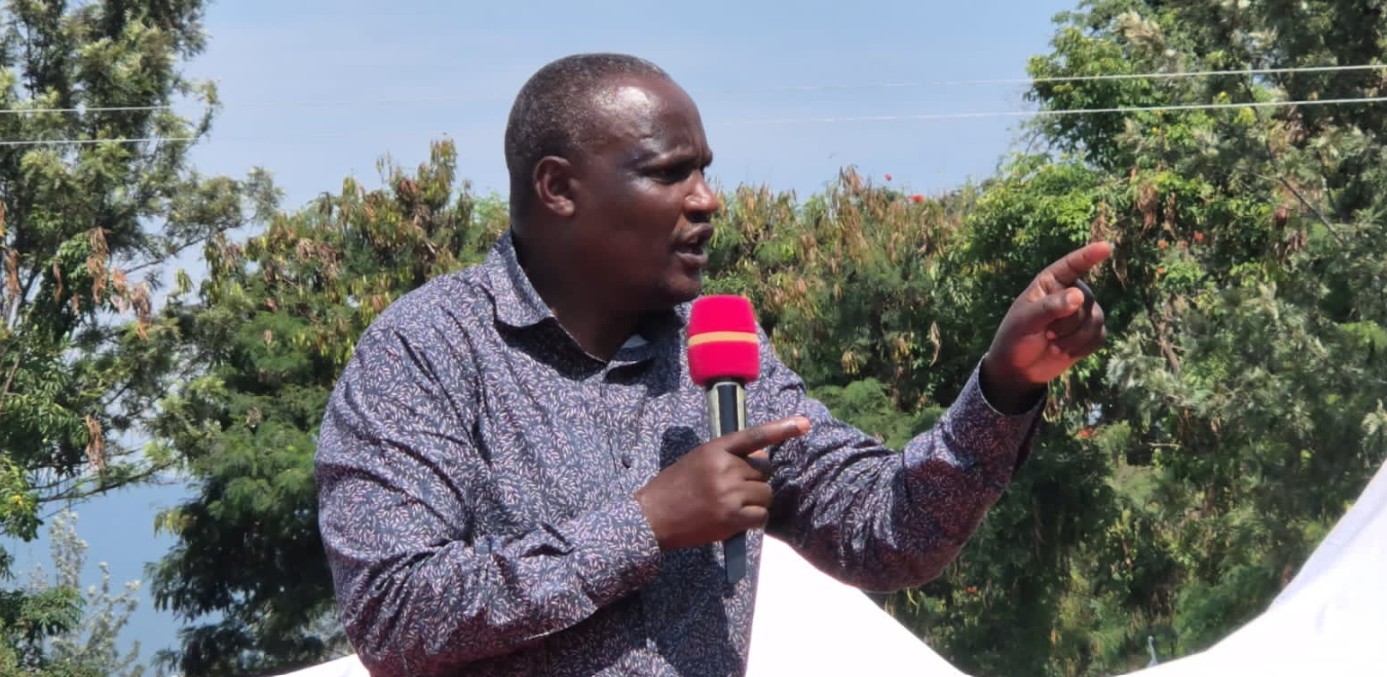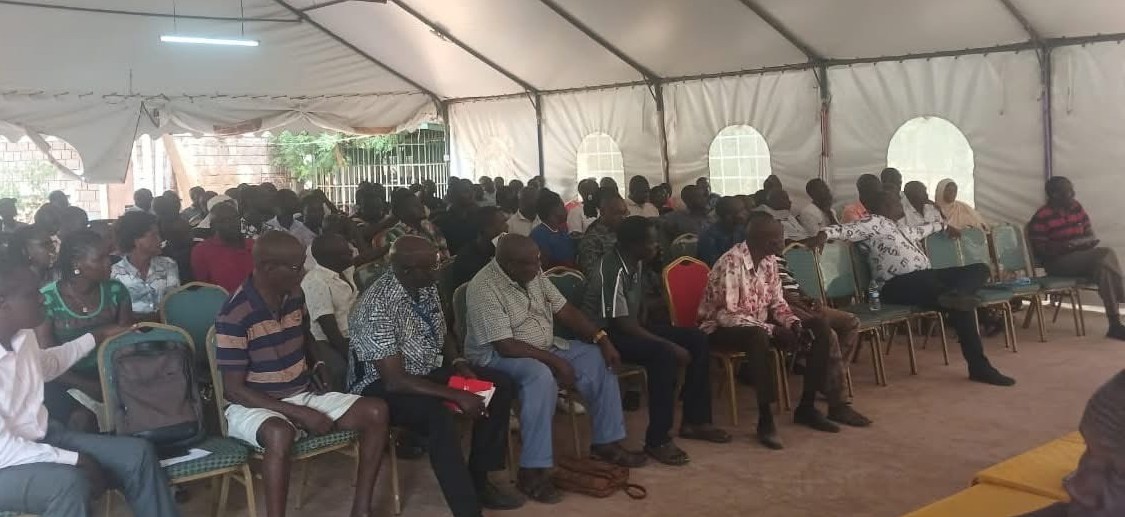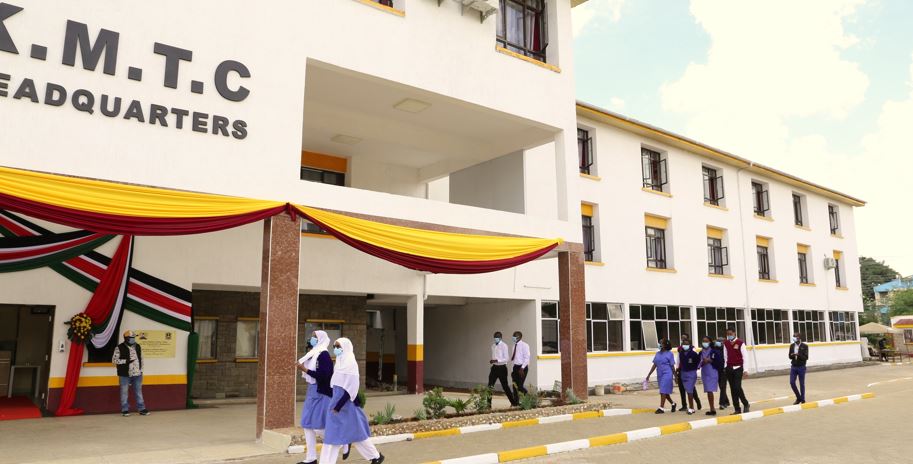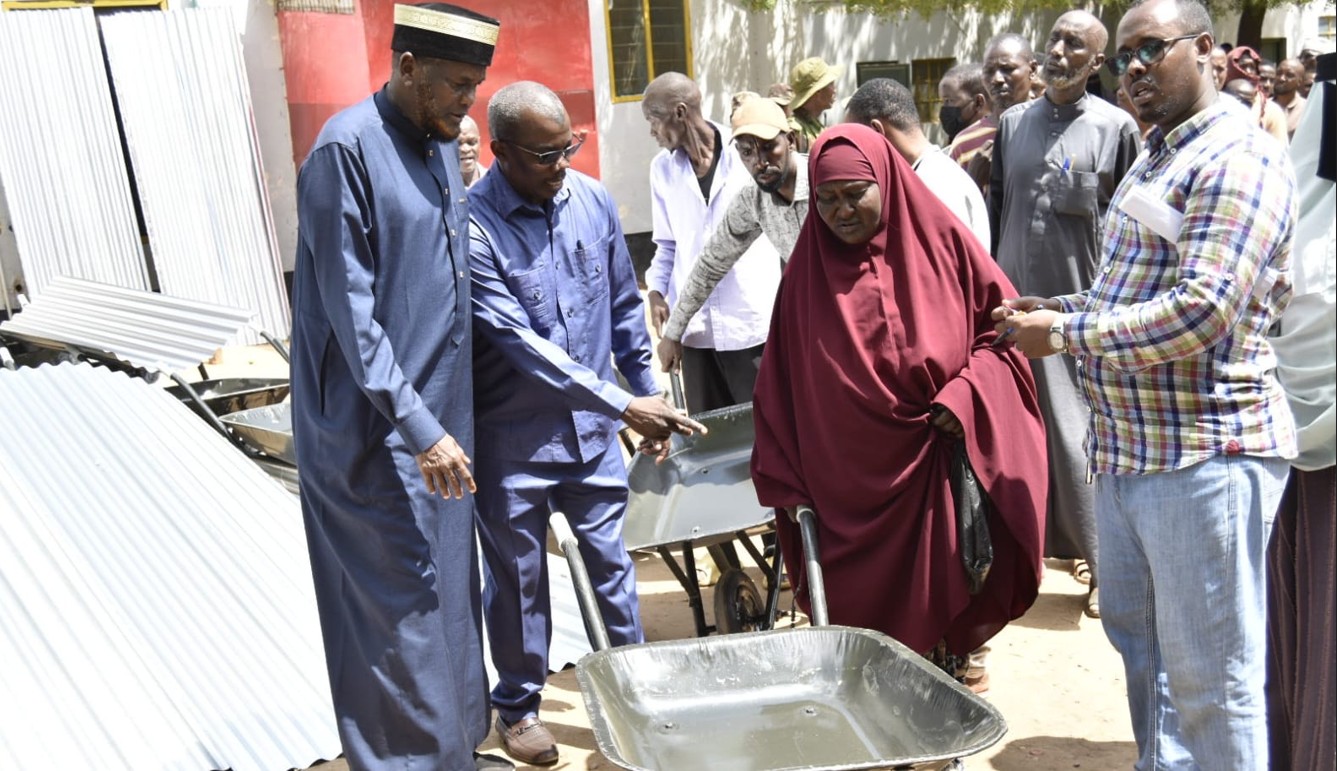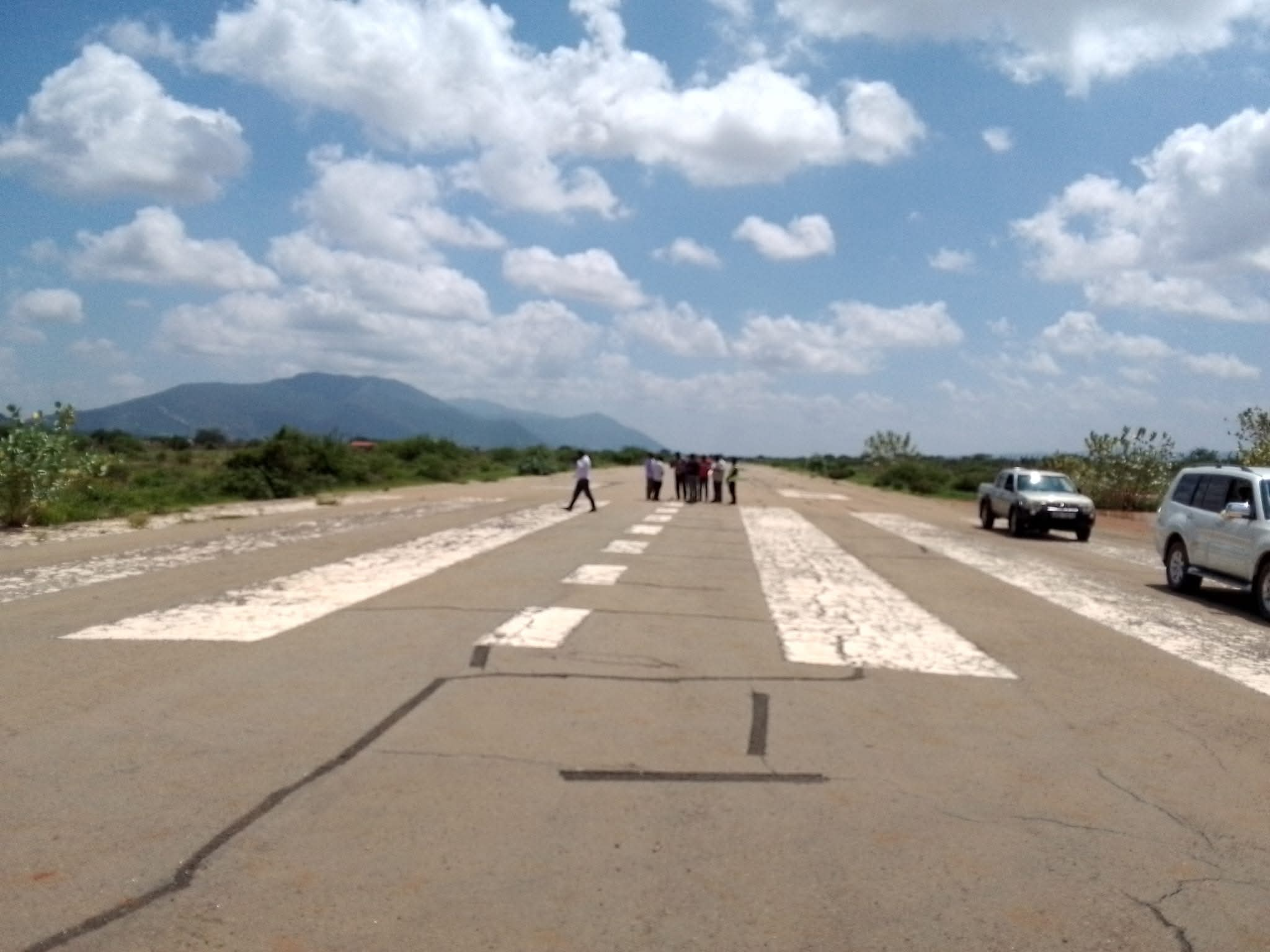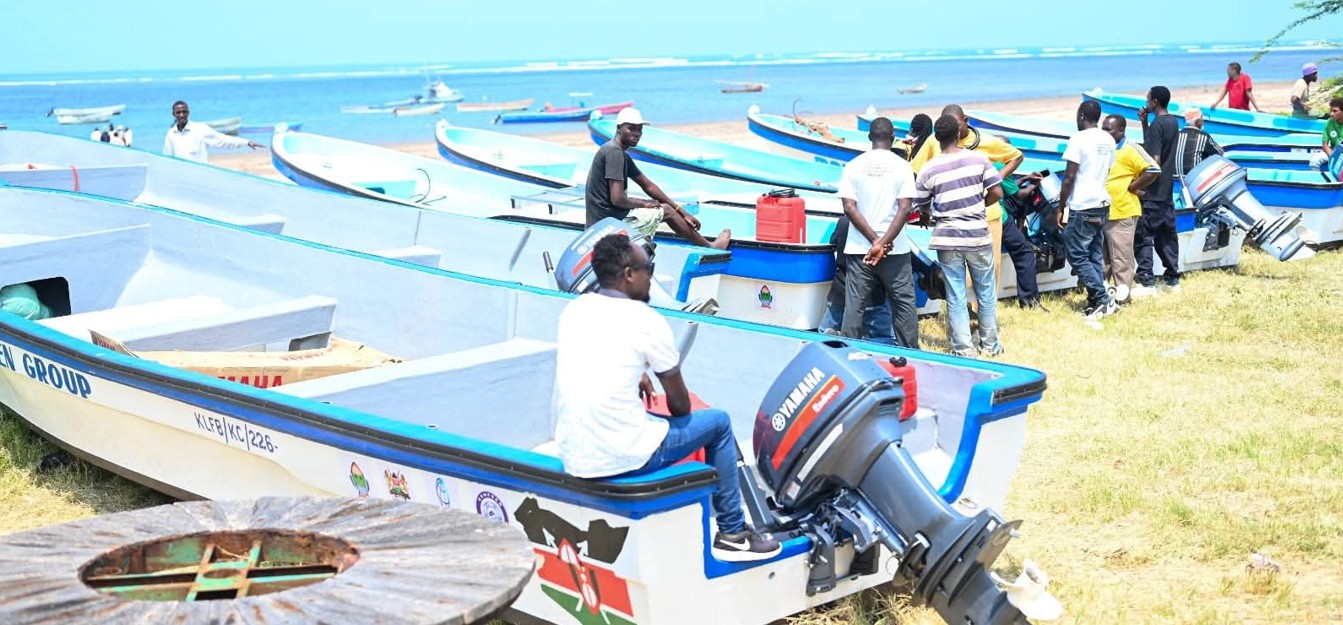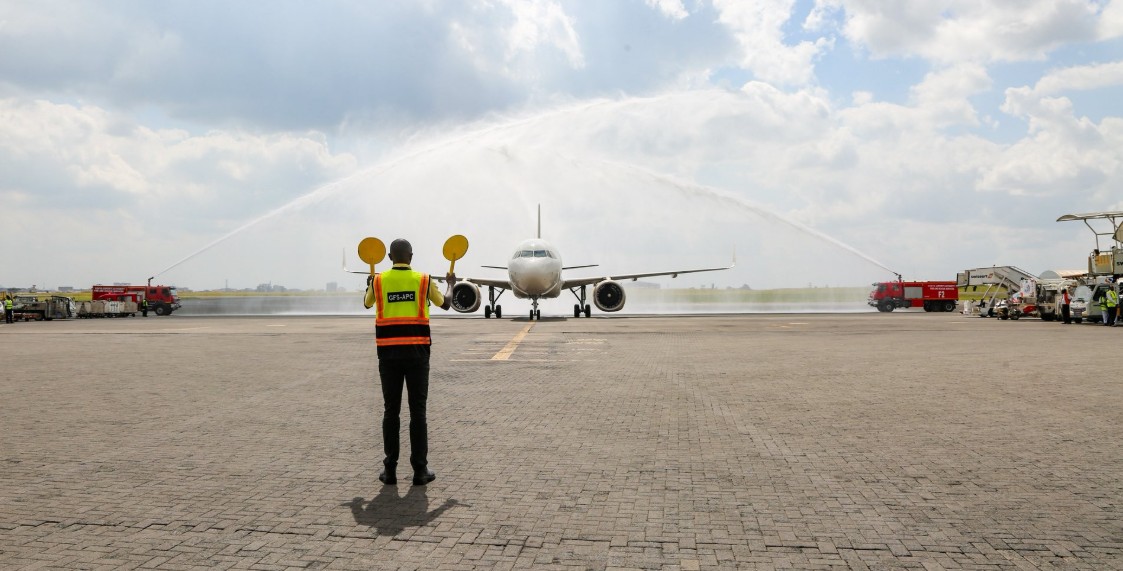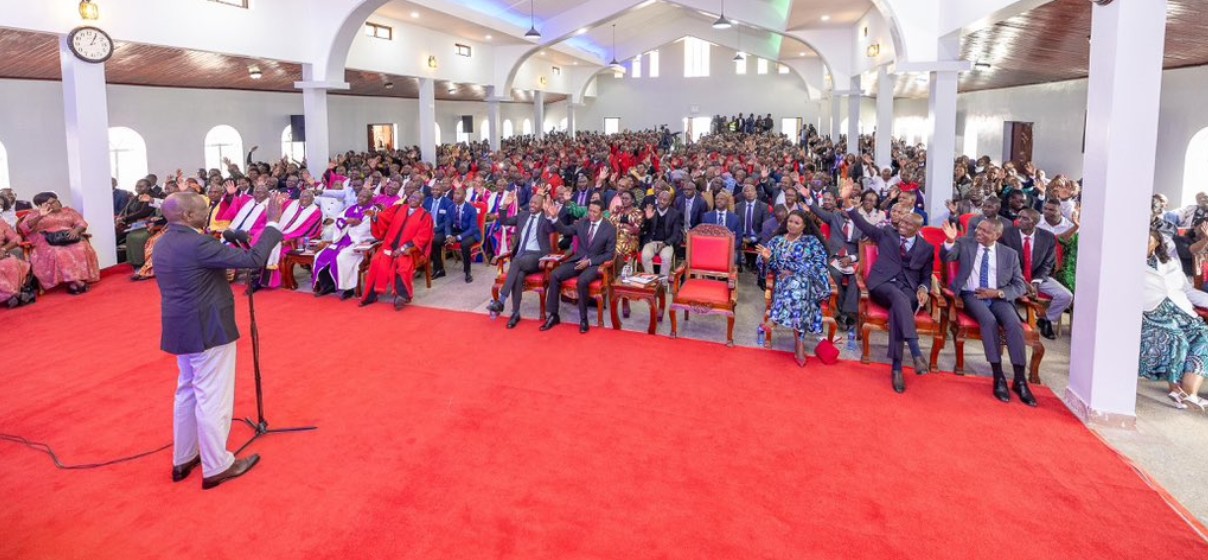Boost for Nairobi's commuter rail transport as seven new stations unveiled
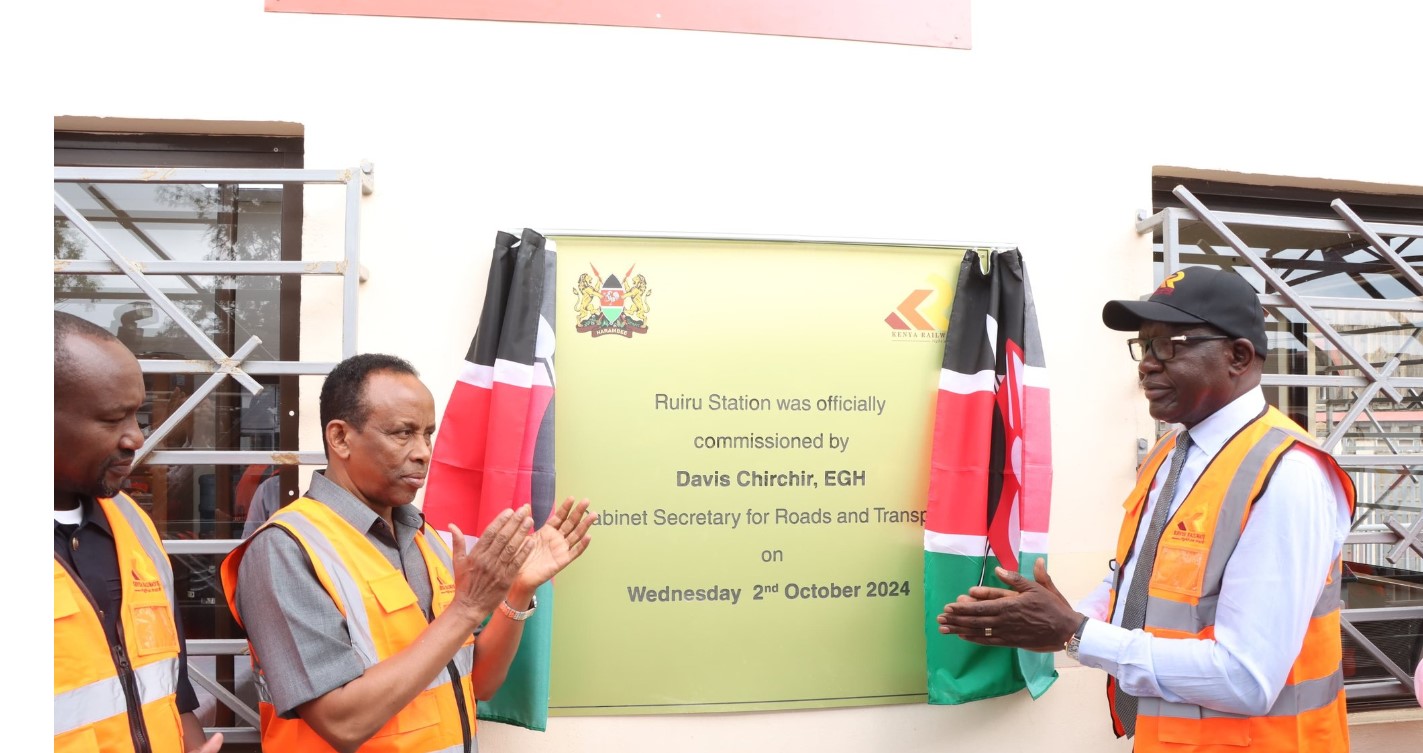
The newly commissioned stations include Kenyatta University, Kahawa West, Githurai, Mwiki, Dandora, and Mutindwa.
Cabinet Secretary for Roads and Transport Davis Chirchir has unveiled new stations railway along the Nairobi-Ruiru route.
This development is part of ongoing efforts to improve mass transportation in the Nairobi Metropolitan Area.
More To Read
- Fresh push for 'Railway City' as Kenya, UK renew strategic deal
- Kenya Railways suspends four Nairobi train services over protests
- Audit reveals delays in Nairobi rail project over incomplete Likoni Bridge
- MPs probe Kenya Railways over 74-acre SGR land acquired without documents
- Kalonzo, Karua accuse senior government official of grabbing retirees' land
- Kenya Railways adds more train trips for holiday travellers
The newly commissioned stations include Kenyatta University, Kahawa West, Githurai, Mwiki, Dandora, and Mutindwa.
According to Chirchir, their construction marks a significant milestone, making commuting safer, more efficient, and more convenient for Nairobi residents.
"These stations will enhance connectivity and boost local development," Chirchir said, stating the positive impact on surrounding communities.
Chirchir emphasised the government's dedication to providing secure transportation services.
"We are determined to ensure safe, secure, and highly efficient transportation of both passengers and cargo," he stated.
In addition to the new stations, the Cabinet Secretary also oversaw the launch of Kenya Railways’ Premium Class Service, designed to offer enhanced comfort for commuters.
This initiative comes as part of a robust partnership with the World Bank, which aims to construct a new 58-kilometer rail network, increasing daily rail usage from 20,000 to 100,000 commuters.
The expansion of the commuter rail service not only promises to ease traffic congestion but also plays a crucial role in reducing emissions and combating climate change. As Nairobi continues to grow, these developments are essential for sustainable urban transportation.
In May 2024, Kenya Railways Corporation announced a plan to significantly expand the network.
The Kenya Railways 2023-2027 Strategic Plan details the construction of three new lines covering 45.9 kilometres.
The first line, Embakasi Village-Ruai, will cover 12 kilometres and will enhance connectivity in the eastern part of the capital.
The second part will link the Nairobi standard gauge railway (SGR) terminus to Jomo Kenyatta International Airport (JKIA), covering an estimated distance of five kilometres.
This new line is expected to facilitate smoother and more efficient travel for both domestic and international passengers.
The third and longest line will run for 28.9 kilometres, covering the Riruta-Lenana-Ngong-Rongai areas.
In the plan, Kenya Railways noted that these lines are part of strategies to boost the sector and increase both cargo and passenger numbers.
The cooperation has plans to increase its passenger numbers from the current 5.7 million to 8.8 million by 2027.
"We aim to increase metre gauge railways (MGR) locomotive availability from 70 per cent to 92 per cent while maintaining SGR locomotive availability at 95 per cent during the plan period. This will be achieved through the acquisition, overhauling, and rehabilitation of MGR locomotives," the document stated.
The Nairobi Commuter Rail Service was introduced in May 1992 in response to a series of strikes by matatu operators. But over the years, there has been low demand that Kenya Railways blames on the poor standards of the stations' facilities.
However, the service was revived in November 2020 by former President Uhuru Kenyatta.
The project was a game-changer in the reduction of both vehicular and human traffic jams in the city.
Passengers have been saving both time and money and at the same time enjoy much-needed comfort on their way to and from the city centre.
Some of the stations were upgraded and others were constructed by Kenya Railways.
Top Stories Today

